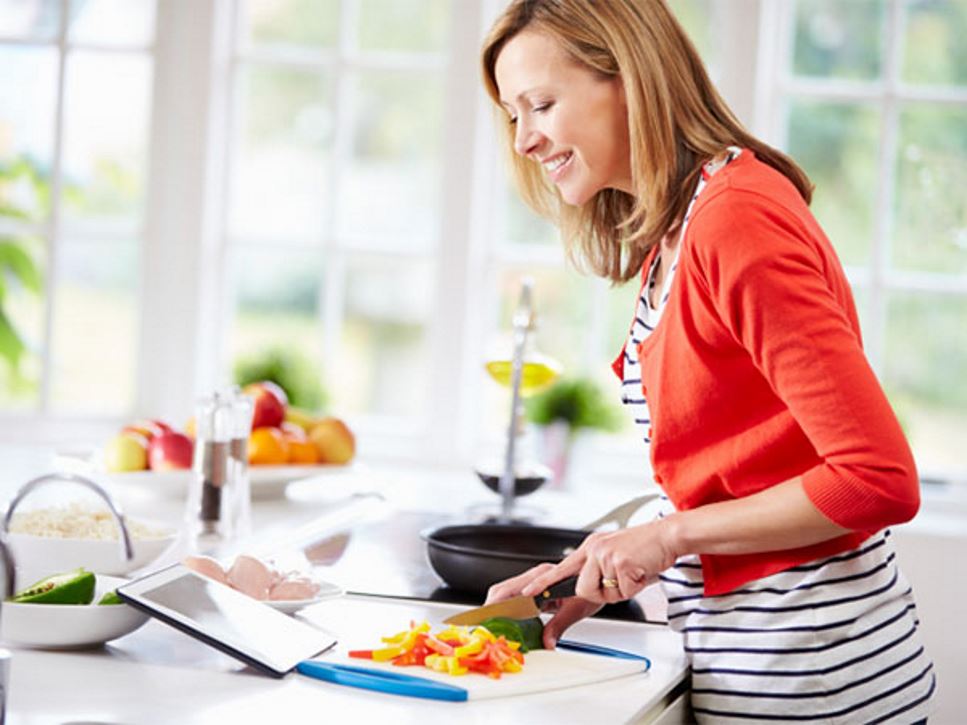Food is safely cooked when it reaches a high enough internal temperature to kill the harmful bacteria that causes food poisoning. While many think they can tell when food is "done" simply by checking its color and texture, there's no way to be sure it's safe without following a few important but simple steps.
- Use a food thermometer. Food thermometers are extremely important as they are the only way to ensure food is cooked to a safe minimum internal temperature.
- Bacteria multiply quickest when in the "danger zone," between 40°F to 140°F, so keep food out of this range. To keep food hot in the time between cooking and serving, use a heat source such as a chafing dish, warming tray or slow cooker.
- Reheat leftovers thoroughly to at least 165°F.
Safe minimum internal temperatures for food vary, so consult with this guide to ensure what you’re eating is fully cooked:
- Beef, bison, veal, goat, pork (not including ham) and lamb:
- Steaks, roasts, chops*: 145°F
- Ground meat and sausage: 160°F
- Ham:
- Raw ham*: 145°F
- Pre-cooked ham, packaged in USDA-inspected plants: 140°F
- All other pre-cooked ham: 165°F
- Chicken, turkey and other poultry: 165°F (all types including stuffed)
- Venison and rabbit: 160°F
- Eggs (cook until the yolk and white are firm):
- Meatless egg dishes: 160°F
- Egg dishes with meat: 165°F
- Seafood:
- Fish (salmon, cod, catfish, tilapia and other types of fin fish): 145°F or until the fish is translucent and flakes easily with a fork.
- Shrimp, lobster, crab and scallops: Until flesh is white and opaque.
- Clams, oysters, mussels: Until shells open during cooking.
- Casseroles: 165°F
*A minimum 3-minute rest time after cooking is needed before cutting or eating.
References
Find a Nutrition Expert
Looking for credible nutrition information and recommendations? The Academy of Nutrition and Dietetics' network of credentialed food and nutrition practitioners are ready to help!

